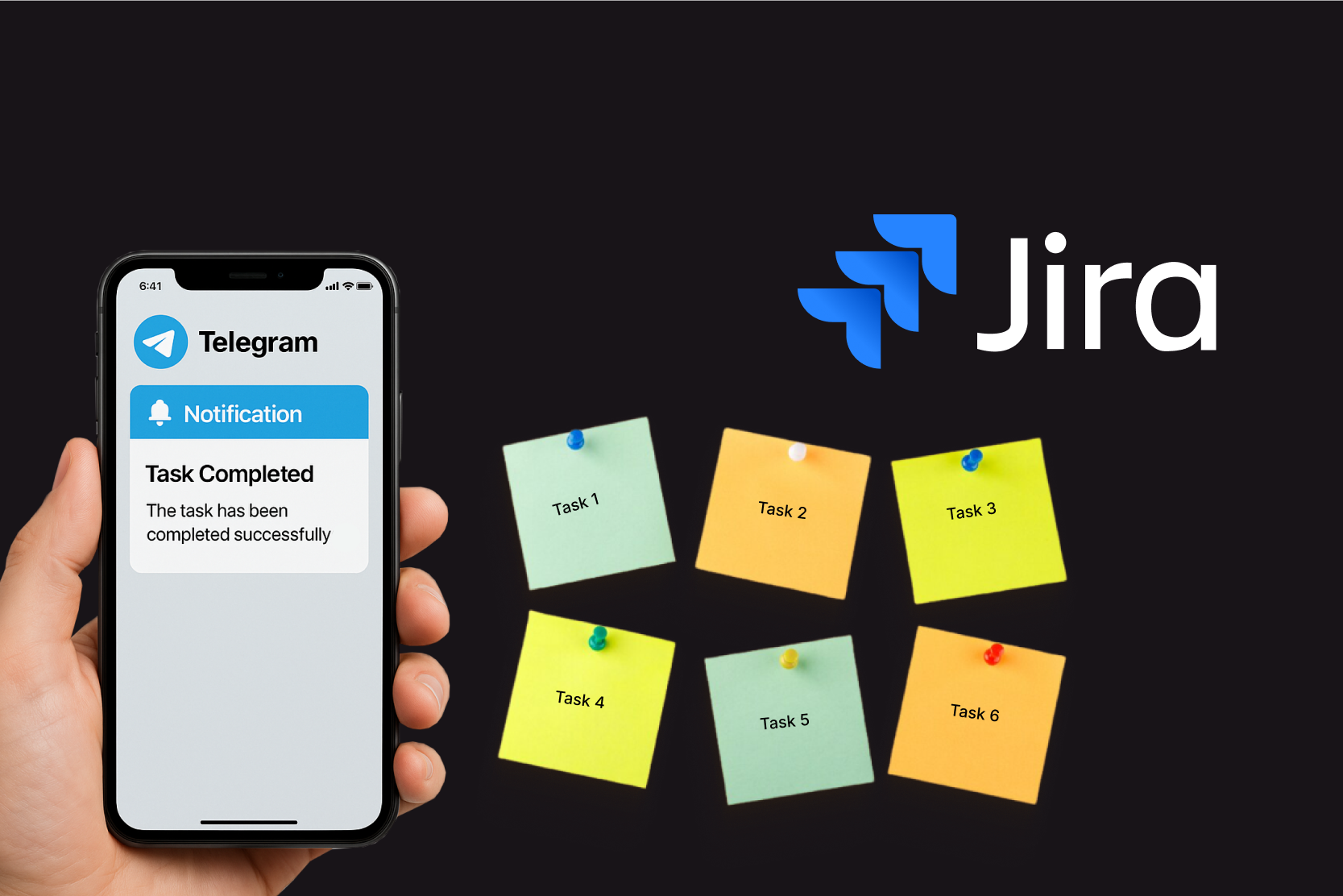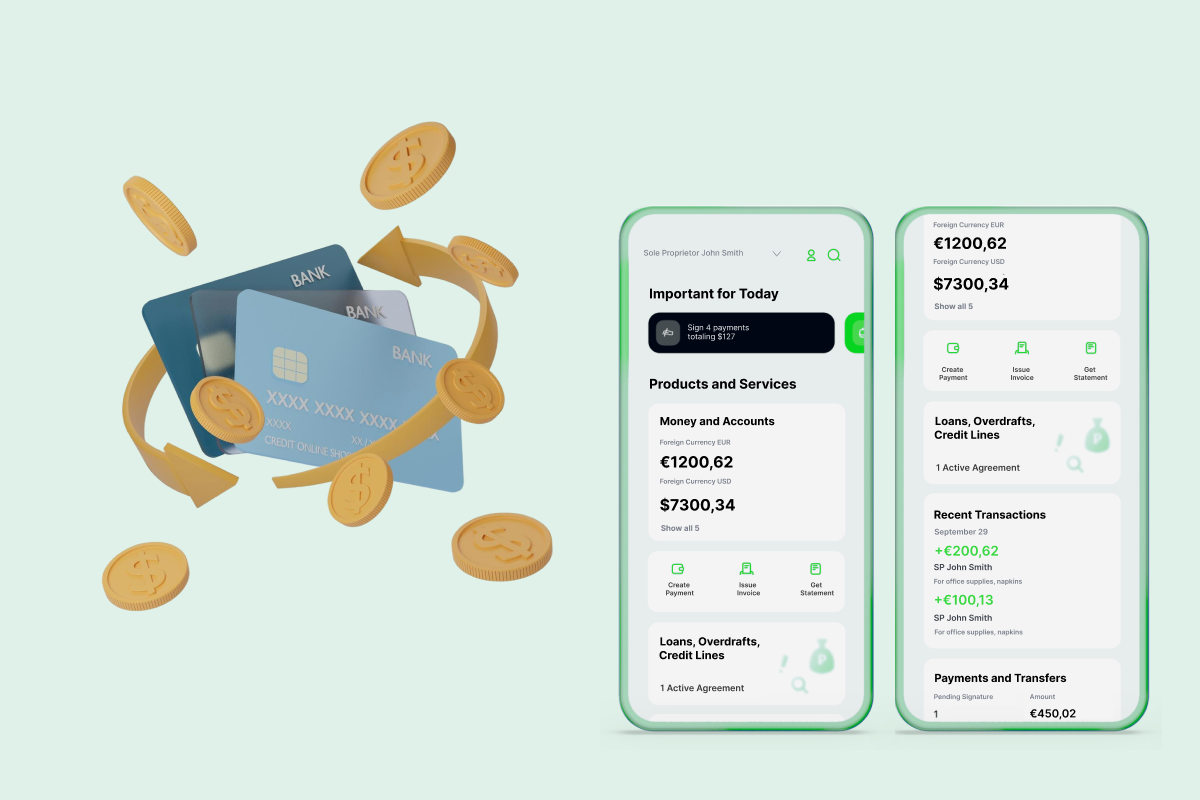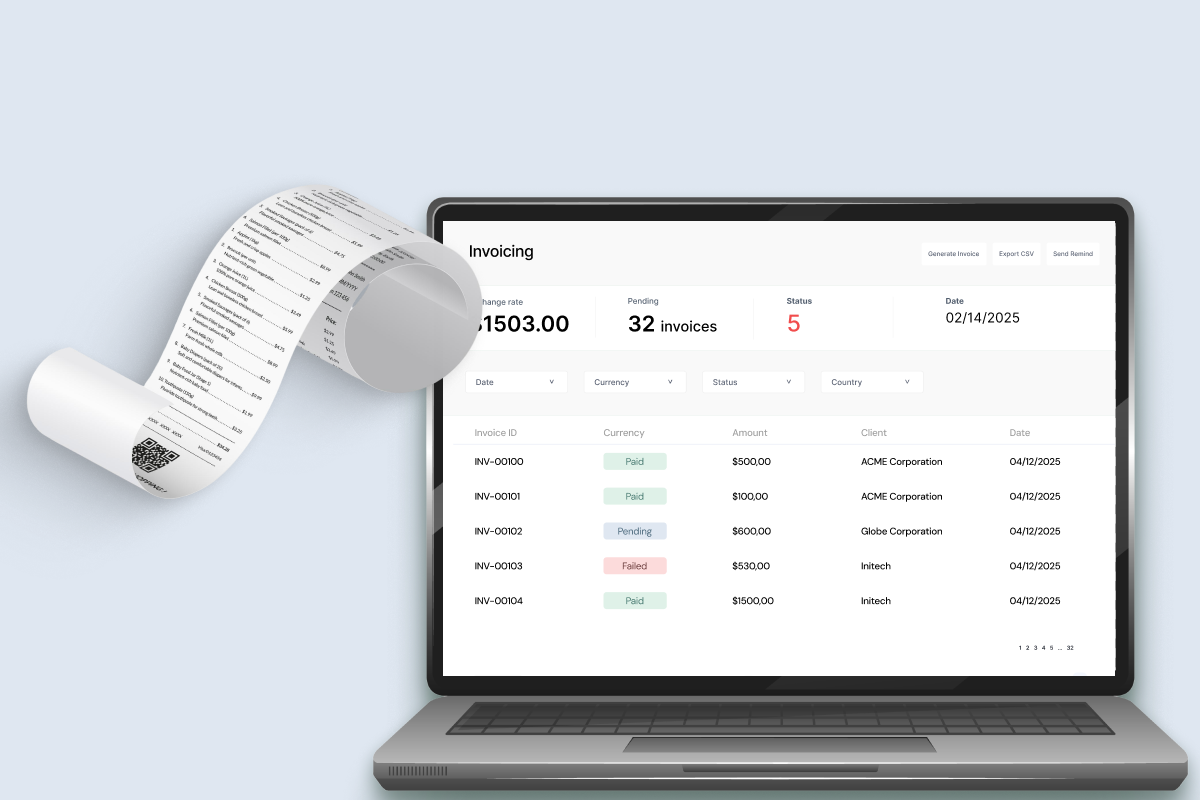All Technologies Used
Motivation
The client needed to streamline the management of incoming Jira Service Desk requests, ensuring accurate SLA tracking and efficient handling of high-volume tasks. Existing tools lacked automation for dynamic SLA calculation, field tracking, and workflow optimization. Azati’s objective was to create a plugin that calculates SLA automatically based on priority, workload, and schedules, tracks changes to relevant fields, and provides customizable configurations to improve service desk efficiency.
Main Challenges
The team initially lacked access to the live Jira instance and had to work in a basic development environment, creating discrepancies between testing and production. Azati proposed developing a robust testing workflow in the dev environment and later validating results in production once access was granted.
Technical specifications were edited offline in multiple versions, causing delays and inconsistencies. Azati recommended moving documentation to cloud-based tools to enable version tracking, notifications for updates, and improved collaboration between teams.
While basic plugin development documentation existed, examples and advanced guidance were limited. Azati overcame this by consulting with other teams, sharing code samples, and applying best practices from prior Jira projects.
Our Approach
Want a similar solution?
Just tell us about your project and we'll get back to you with a free consultation.
Schedule a callSolution
SLA Time Calculation
- Dynamic SLA calculation based on multiple factors
- Real-time recalculation when custom fields change
- Support for complex SLA rules and service schedules
- Reduction of manual errors in SLA estimation
Configurable Settings
- Easy plugin setup for new projects
- Customizable SLA rules per workflow
- Define which fields are tracked and monitored
- Flexibility to adjust calculations without redeployment
Notes for Custom Attributes
- Add context-specific notes to any tracked field
- Enhance collaboration and reduce miscommunication
- Enable easier troubleshooting for complex SLA scenarios
- Integrate notes seamlessly into Jira workflow
Automated Deployment
- Simple JAR upload for installation
- Automated recognition by Jira Service Desk
- Quick project-level configuration post-deployment
- Minimal downtime during installation or updates
Business Value
Enhanced Task Management: Automating SLA calculations reduced errors in task duration estimations, improving reliability of service desk operations.
Operational Efficiency: Configurable settings and dynamic recalculation decreased manual effort in workflow management, accelerating request handling.
Improved Team Collaboration: Notes on custom attributes streamlined communication and provided clarity on tasks, increasing accuracy in issue resolution.
Streamlined Deployment: Easy plugin installation and configuration minimized downtime and sped up adoption across multiple projects.










